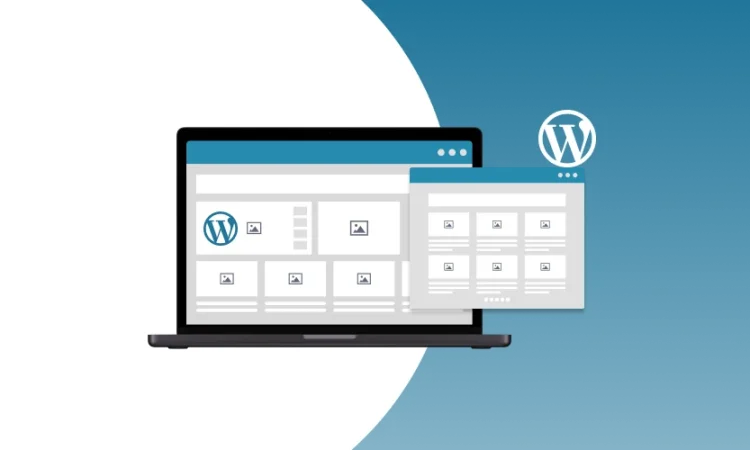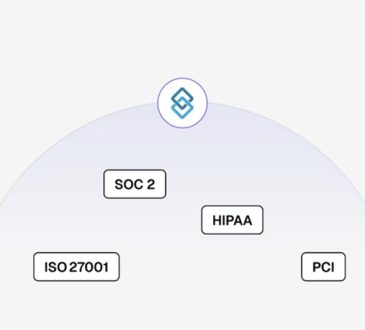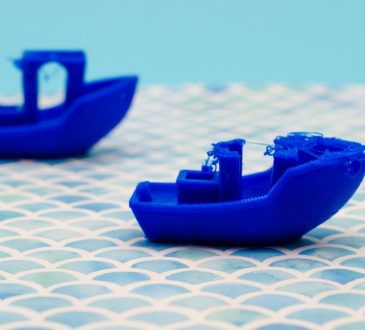
If your WordPress website takes too long to load, chances are it’s weighed down by unnecessary data, oversized files, or inefficient code. A slow site doesn’t just irritate visitors—it can also harm your search engine rankings and conversion rates.
According to a representative from Overdrive Digital Marketing, “Reducing the size of a WordPress website can make a big difference in how fast it loads and how well it performs. From compressing images to cleaning up unused plugins, even small changes can lead to a smoother experience for visitors and better results for your business.”
Here are 10 practical ways you can slim down your WordPress website and make it load lightning-fast.
1. Audit Your Plugins
Plugins are a common culprit for bloating WordPress sites. Deactivate and delete any plugins you no longer use. Regularly review your installed plugins to ensure each one is essential and up to date.
2. Clean Out Your Media Library
Over time, your media library may fill up with outdated or unused files. Tools like Media Cleaner can scan for orphaned images and help you remove them safely, reducing storage usage.
3. Use Efficient File Formats
Convert images to efficient formats like WebP or AVIF. These modern file types drastically reduce image size without losing clarity, shrinking your pages’ overall footprint.
4. Streamline Your Theme
Heavy themes loaded with extra features can slow things down. Choose a minimalist, performance-focused theme like GeneratePress or Astra. If possible, disable features you’re not using through your theme’s settings.
5. Minify and Combine Scripts
Your CSS and JavaScript files may include extra spaces, comments, or redundant lines. Minifying removes these unnecessary bits, and combining multiple files into one reduces HTTP requests. Plugins like Fast Velocity Minify or Autoptimize can handle this automatically.
6. Delete Old Revisions and Spam
Every time you edit a post, WordPress saves a revision. While helpful, this can balloon your database size. Use WP-Optimize to clear out old post revisions, trash posts, and spam comments.
7. Optimize Loading with Lazy Load
Enable lazy loading so images and videos load only when a visitor scrolls to them. This reduces the initial page size, allowing your site to appear faster even if it contains lots of visuals.
8. Implement Server-Level Compression
Ask your hosting provider if GZIP or Brotli compression is enabled. These compress your site files before they’re sent to a visitor’s browser, significantly reducing transfer sizes.
9. Trim Widgets and Sidebars
Too many widgets or bloated sidebars can slow down your pages. Keep your sidebar minimal, and remove widgets that don’t add real value to your user experience.
10. Set Up a Smart Cache
Caching generates static copies of your pages, dramatically reducing load times and server resource usage. Use a robust caching plugin like WP Rocket, which also helps with database cleanup and script optimization.
By applying these strategies, you’ll cut down on unnecessary weight, leading to a faster, leaner, and more efficient site. Remember, website optimization is an ongoing process.
For tailored help and more advanced performance strategies, reach out to Overdrive Digital Marketing, where a dedicated team can help you achieve better speed, user engagement, and search rankings.




